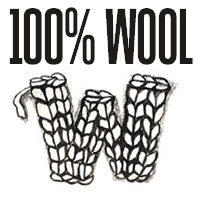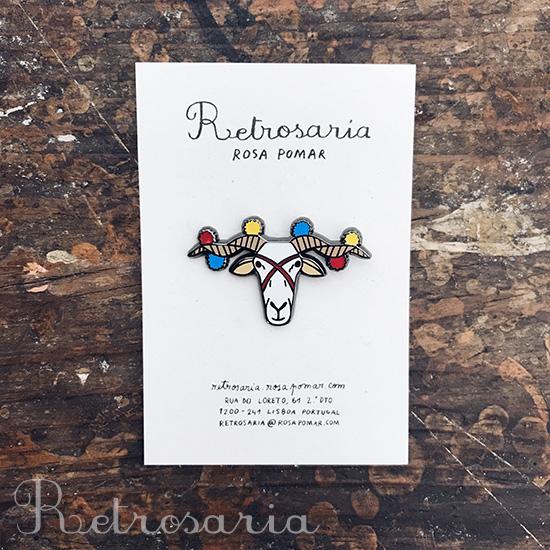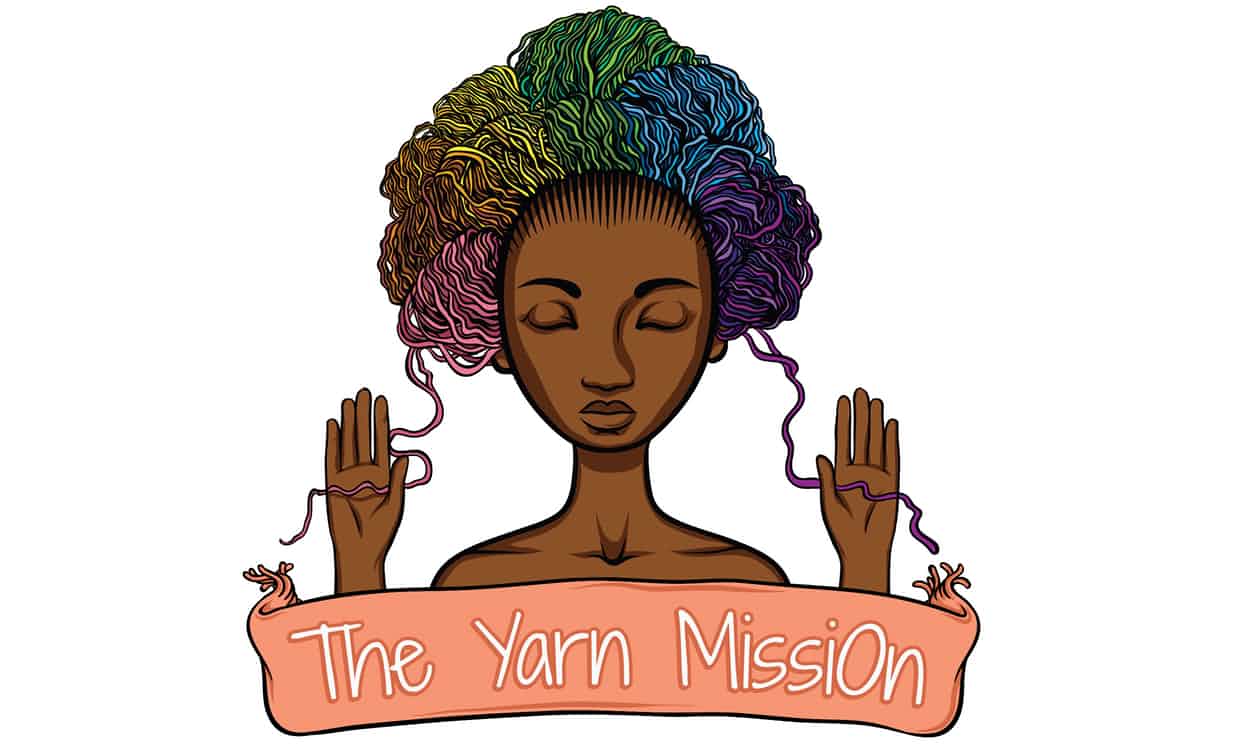Greetings and welcome to this week of Wovember.
We felt our woolness theme this year would not be complete without a section on activism. From its inexorable relationship with sustainability and land management, to its connections with forms of domestic labour and its ability to heal and inspire, wool feels – and is – inherently political. Whether you come to wool as an environmentalist, a feminist, or a proponent of social justice, racial equality, or disability rights, there are many ways of using and looking to wool through which it can be connected with your personal politics and individual path of activism.
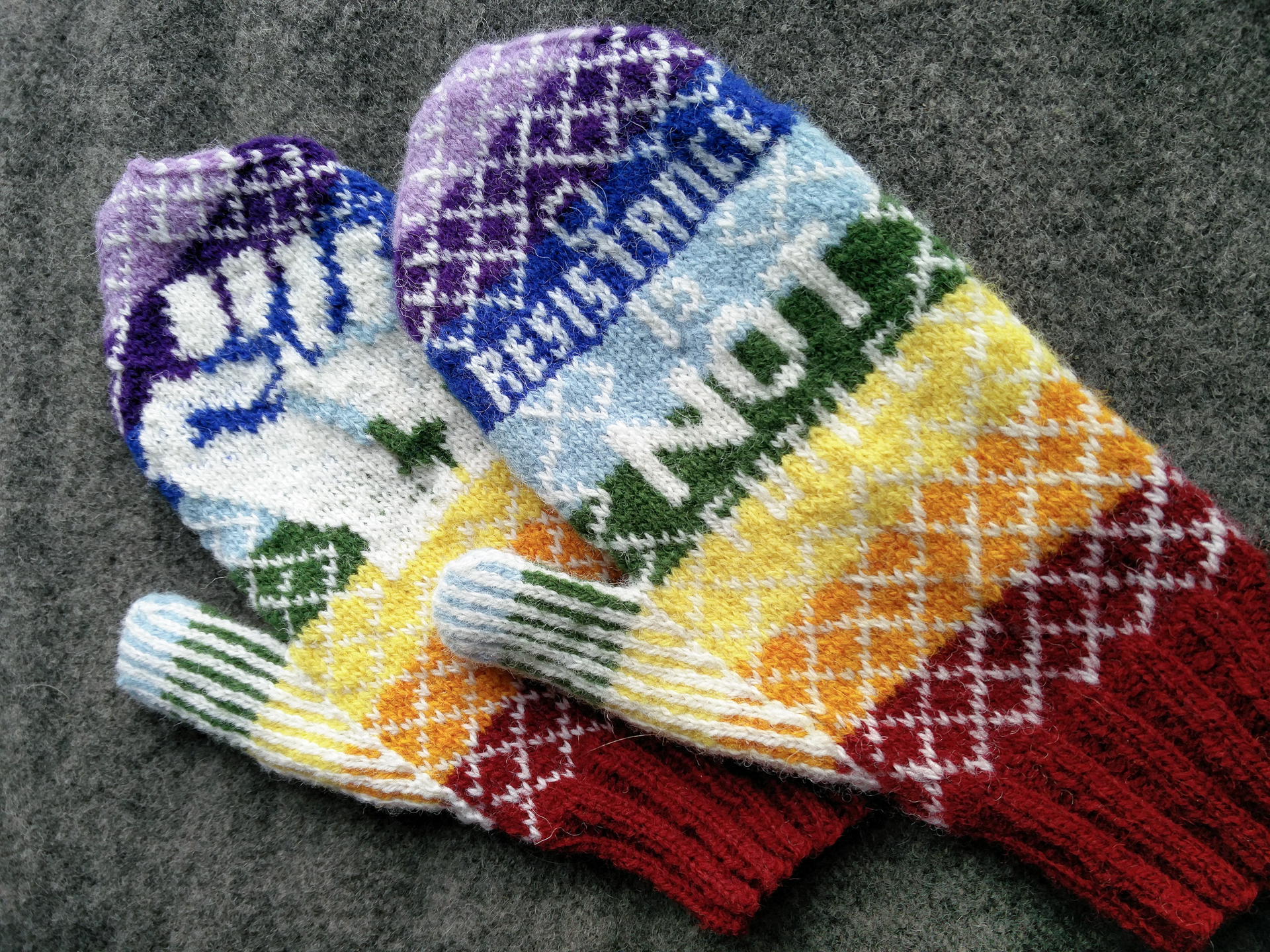
At Wovember we have had an ongoing activist dimension relating to the description of garments in the fashion industry. We strongly feel that brands who do not use wool or who only use very tiny proportions of wool in their products should not get to cash in on wool’s pleasing and romantic associations. Put simply, we feel that if you’re not supporting sheep, shepherds and wool-workers, why should it be OK for you to describe your goods as “wool”, “woollen” or “woolly?”
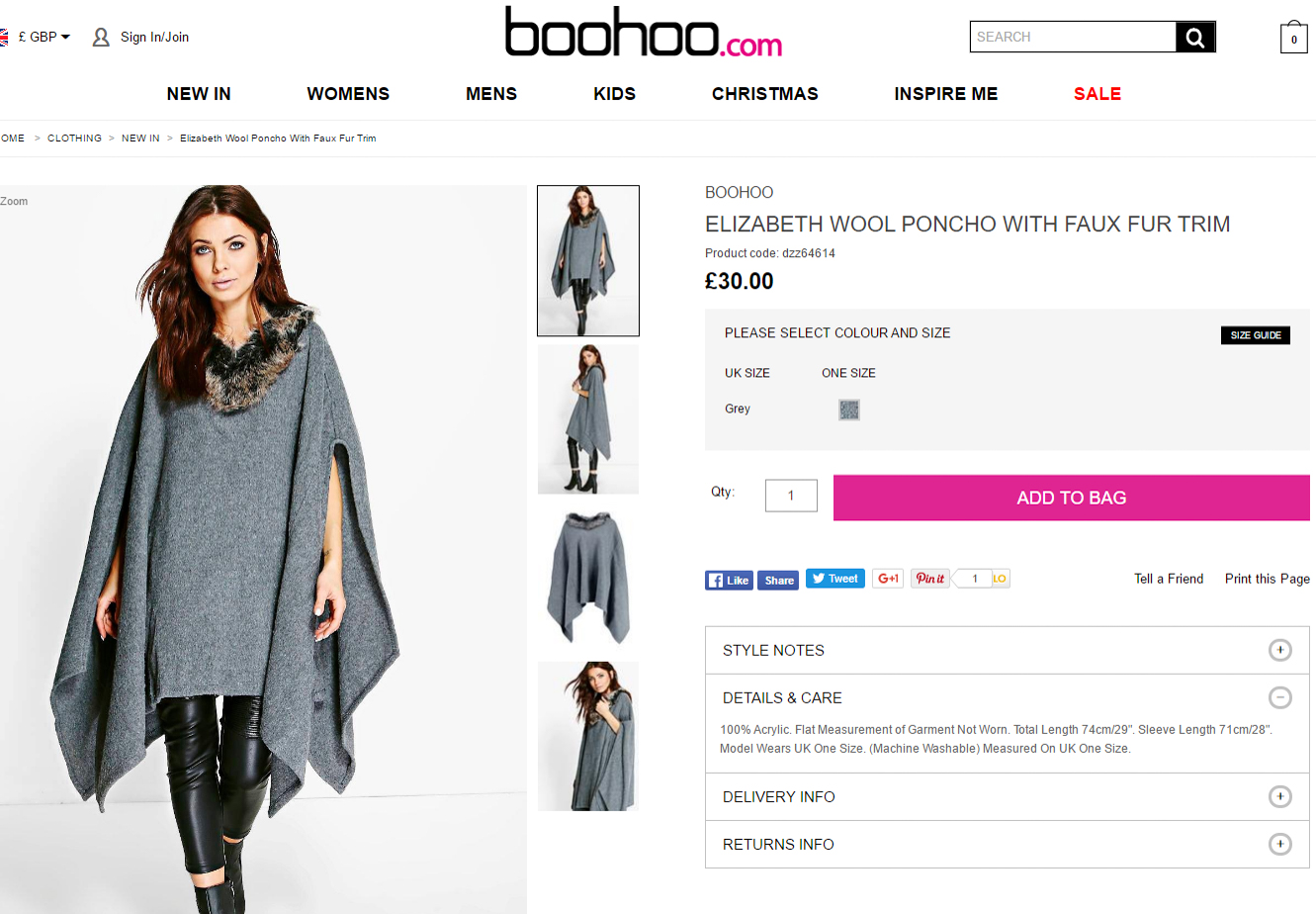
There are many other political dimensions to wool and to the personal forms of activism valued by the individuals that comprise TEAM WOVEMBER. There isn’t time to get into all of them this week, but we wanted to touch on a few woolly activist issues and to use this topic to invite you each to think about how politics, wool and woolness intersect in your own making practices.
To get you started, here are some of our favourite WOOL + ACTIVISM projects:
1. SUSTAINABILITY & WOOL – we love this report, which suggests wool might play a positive role in mopping up oil spills.
Re-read the different pieces we have had from Louise Spong and Rob Wolton, contemplating the relationship between land management, sheep grazing and biodoversity.

Also in connections between wool and landscape, check out this appeal from Rosa Pomar, which is a creative fundraising response to the decimation of Portuguese farming land in recent fires in Portugal (which have had a devastating effect on wool farming in the area):
You probably saw it on the news: in the middle of October, raging wildfires destroyed an enormous area of forest and villages in Central Portugal, killing over 40 people and uncountable animals. The region of Serra da Estrela, the mountains where the Serra da Estrela sheep live, was particularly affected. 10 thousand sheep were killed. The fires also destroyed land, factories, facilities and tools (pastures, stables, milking parlors, dairies, etc.), dramatically affecting the livelihood of the men and women whose lives depend on these animals.
This pin celebrates the Serra da Estrela shepherds and their enduring tradition of decorating the horns of their sheep and goats with colorful pompoms on special days.
The proceedings of the sale of the Serra da Estrela pins will be given to ANCOSE (the Serra da Estrela Sheep Breeders Association) and used to help the shepherds in this difficult moment.
2. FEMINISM & WOOL – we love this piece about how gender roles are changing in the world of sheep farming and shearing:
“I was always acutely aware that there were less women shearers,” McElroy said. But last year, when he began shearing on commercial crews for a shearer and sheep rancher named Robert Irwin, McElroy noticed more and more women working on flocks—many who Irwin actively recruited. Some were already farmers or gardeners themselves, some were tech professionals in the Bay Area with a back-to-the-land mind-set, some were part-time knitters who wondered why it was next to impossible to find local wool. McElroy began photographing them, too.
“I really think, going forward, it’s going to be women doing farm work,” Irwin told me recently by phone from California. “The last five years or so, teaching guys to do this stuff, a lot of them just don’t have the mentality of waking up and thinking to themselves, ‘I’m going to get better at this.’ The women do. They’re more apt to stick with this; they’re more detail-oriented; they’re tougher.”
We also love the role that hand-knitting (if not always 100% WOOL) played in the largest ever political demonstration this January where women took to the streets in major towns all over the world in the incredible Women’s Marches.
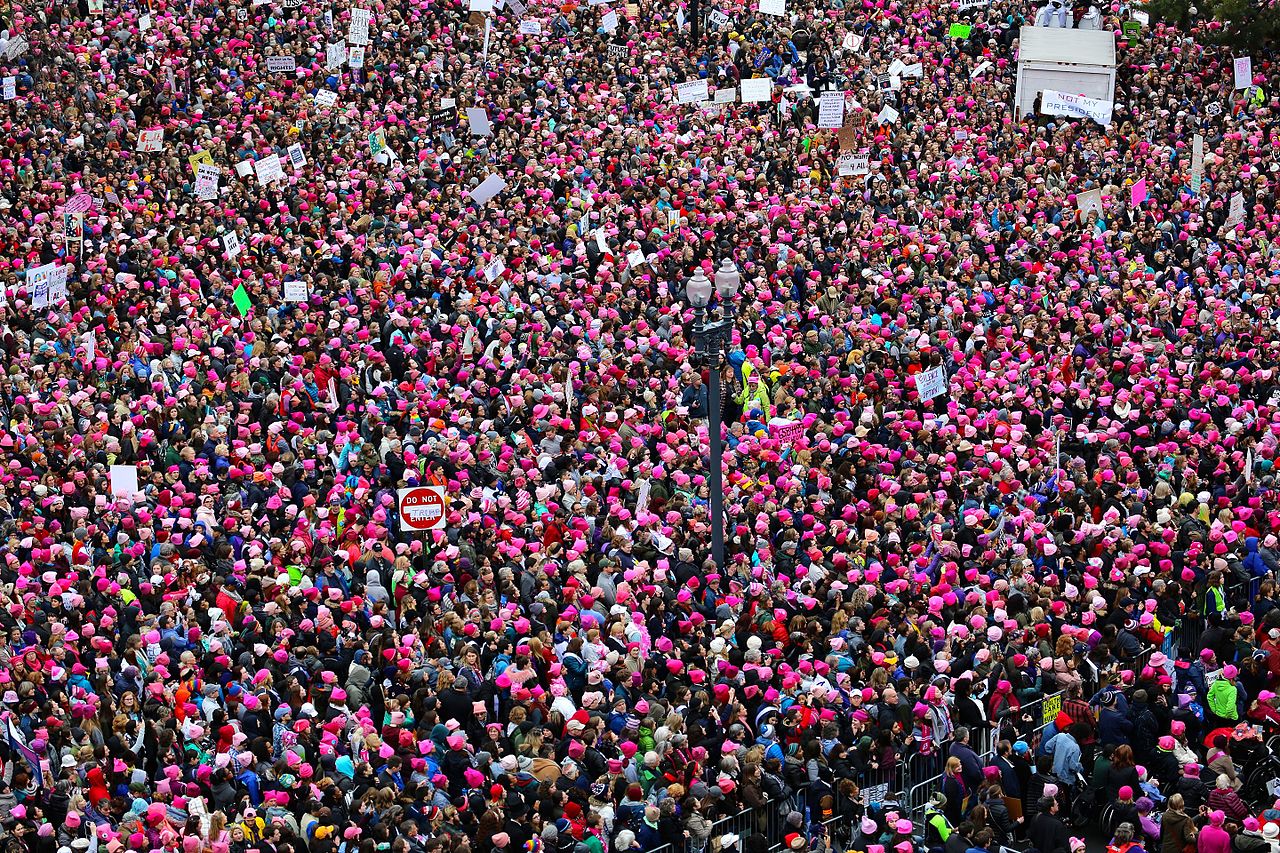
Of course for some of us this was a moment to be marked with 100% WOOL. The Pussyhats I knitted for myself and my friend Lara were made with 100% WOOL yarns; mine was made with Portuguese wool produced by Rosa Pomar and dyed by me.
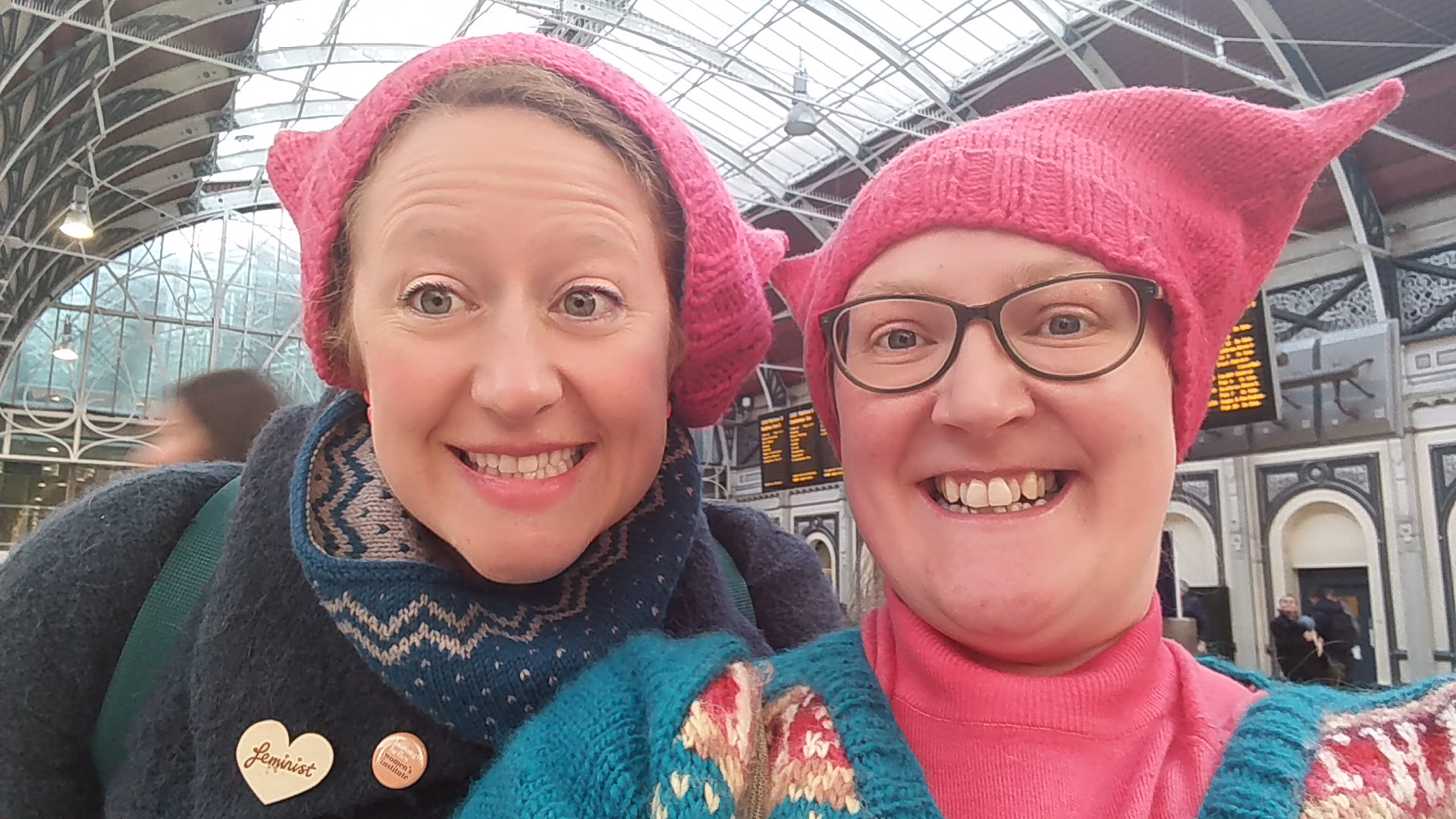
3. SOCIAL JUSTICE, RACIAL EQUALITY & WOOL – have you heard of The Yarn Mission, founded by CheyOnna Sewell?
This amazing, black-led organisation is revolutionising the idea of the knitting circle as a space for fighting oppression and transforming society as this article from The Guardian explains:
In a coffeehouse on the south side of St Louis, a group of women discuss how to knit, purl and dismantle white supremacy.
They are The Yarn Mission, a collective formed in October 2014 in response to the violence and police brutality in nearby Ferguson, Missouri.
The Yarn Mission seeks to “use yarn to promote action and change to eradicate racism, sexism, and other systems of oppression”. The group, founded by CheyOnna Sewell, a PhD student in criminology, seeks to spark conversation about race and police brutality by engaging with curious passersby as they knit, all while providing a comforting activity for beleaguered activists.
“As a black woman, you’re invisible,” says Taylor Payne, a member of the group. “But knitting makes people stop and have a conversation with you. If someone asks me what I’m doing, I say, ‘I’m knitting for black liberation.’ Sometimes they respond and sometimes I just get ‘Oh, my grandma knits,’ like the person didn’t hear me. But at least it opens the door to talking about my experiences.”
Sewell and Payne are protesters who have been active in the Ferguson movement since it began last summer. According to Sewell, the Yarn Mission forces local citizens to see Ferguson activists in different ways.
The core aims of The Yarn Mission revolve around the advancement of social justice and the end of oppressive systems. This is done through knitting meet-ups; teaching knitting and crochet; supporting amazing black-led groups and projects; and centering black folks. The Yarn Mission is amazing and you can donate to their work and read more about it here: http://theyarnmission.com/.
If you want to knit with WOOL while advancing black liberation, check out the Neighbourhood Fiber Co. – an independent fiber company founded by Karida Collins – and their incredible 80% WOOL / 20% SILK Community Fiber Share Yarn:
“We have partnered with Gwen Handler of Hill Farm for a very special, limited edition yarn. Gwen raises Leicester Longwool sheep at her farm in Westminster, MD. We combined the fleece from Gwen’s amazing sheep and had it blended and spun with 20% Tussah Silk at Sweitzer’s Fiber Mill in Seven Valleys, PA. This is the ultimate homegrown, local yarn!”
One of the things CheyOnna Sewell writes about on The Yarn Mission’s website is a widely-held misconception that “knitting is a white woman’s activity”. To make our crafting spaces truly diverse and inclusive, we must destroy this harmful stereotype.
Another amazing artist speaking to this is Lorna Hamilton-Brown, whose MA thesis was titled “Myth: Black People don’t Knit: the importance of art and oral histories for documenting the experiences of black knitter”. Lorna Hamilton-Brown has been awarded an MBE for charitable services to her community and has produced this beautiful video to “break down stereotypes associated with who knits”. You can follow Lorna Hamilton-Brown on instagram here; her work is vivid, rich, thoughtful and inspiring.
4. DISABILITY RIGHTS & WOOL – throughout Wovember’s Woolness & Me posts, we have heard from many comrades about the important role that wool and associated crafts can play maintaining our well-being, and in the management and self-care of long-term illnesses and disabilities. We hope these conversations have helped to create greater visibility around issues of health, wellbeing and wool; these are areas that need gentle care, normalisation, and further discussion but we have to start somewhere and are hugely grateful to all of the contributors who have helped begin things this month.
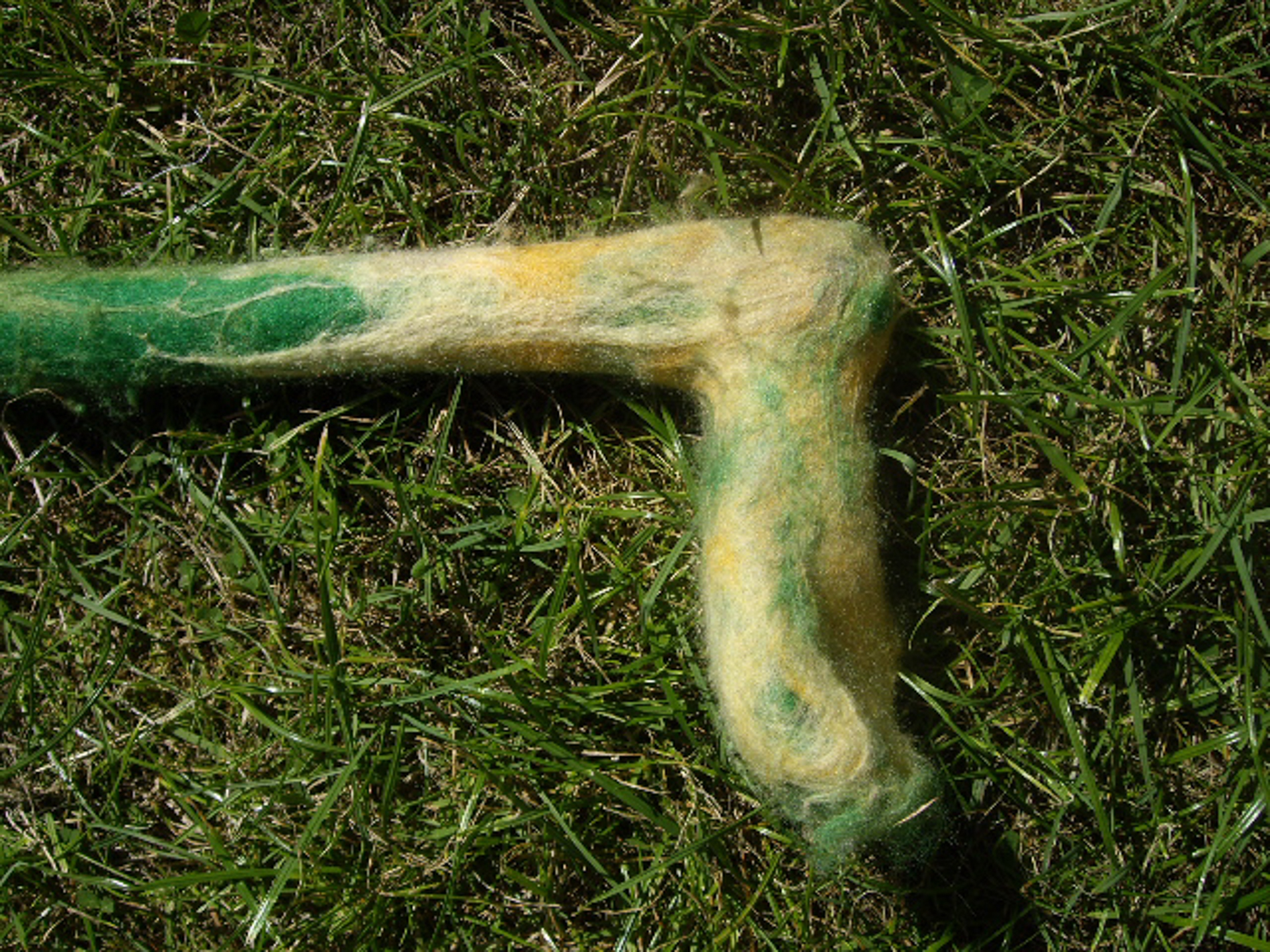
5. CRAFTIVISM & WOOL – no mention of woolness and activism would be complete without at least mentioning Sarah Corbett’s book that has recently come out, entitled How to be a Craftivist: The art of gentle protest. Though Corbett purposefully does not use wool in her craftivism, preferring “smaller and more delicate handicrafts using thread or paper craft” – we feel her ethos towards using craft to political ends will resonate with many knitters, spinners, dyers and weavers who want to make a difference:
Unlike some forms of activism and craftivism, my approach is not aggressive, loud or transactional, but focuses on the gentle art of protesting, threading humility through all that we create and do. Gentleness is not a weak form of protesting, it’s not mild or non-assertive. It requires self-control when what we feel is anger or sadness when we see injustice. It requires thoughtfulness to understand the context of the situation and empathy to help understand people’s views and actions. We need tact to know what’s the best way to tackle the problem and we need concern for all involved.
If you want to do it well, craftivism isn’t fast and easy. I often refer to our work as ‘slow and mindful activism’. Injustices tend to be complex tapestries with no quick fix or one individual to blame. They can involve many problems woven together that we need to address in different ways and craftivism can be one of the tools to go alongside other forms of activism in the activism toolbox. A tool for slow, kind and intriguing activism. It’s a craft that needs honing like any other skill. I want to help you fulfil your potential as a craftivist as you help tackle injustice and seek to create a better world.
– Sarah Corbett, Craftivist Collective
6. SUBVERSIVE KNITTING, DONNA DRUCHUNAS & WOOL – also integral to this discussion are the works and the amazing ongoing Resistance blog of Donna Druchunas, whose words have featured here in Wovembers past. As Donna writes in the headline of her amazing exploration of the intersections of knitting and politics, “you may not like it, but politics is part of your daily life”. Donna’s blog is an ongoing act of resistance, offering many ways of incorporating activism into knitting and ways of radicalising the work we do with wool. She works tirelessly to speak to issues of immigration, race, feminism, gender and sustainability in knitting, and to highlight amazing projects undertaken in our woolly world. Some woolly content shared and highlighted by Donna in her wonderful blog includes The Tempestry Project by Emily McNeil, designed “to visualize climate data in a way that is accurate, tangible, and beautiful”; Morgan Bame’s incredible shadow-knitted artwork designed to speak to racism in America; and Diversity in Knitting. Donna clearly really cares about these issues and believes in the political potentials of yarn. She also produced her own 100% WOOL yarn from local Vermont sheep, and shared this news in the context of all the other sad and difficult things that were happening at the time. You can buy Donna’s fantastic and thoughtful writings here: https://sheeptoshawl.com/product-category/knittingbooks/ and follow her on instagram for constant political/woolly updates.
Like we said, it is beyond the resources and capacity of the team to cover all aspects of Woolness & Activism in this post, or during the forthcoming week of content… what we have tried to do instead is sow some seeds; share a few pieces and pioneers that speak to issues of import to us; and give you some ideas for exploring, in your own lives, the intersections between politics, wellness and wool. We’ll close with this amazing video featuring the activist/knitter/artist and wool worker from whom we heard earlier today; Lisa Anne Auerbach.
Vive la révolution.
